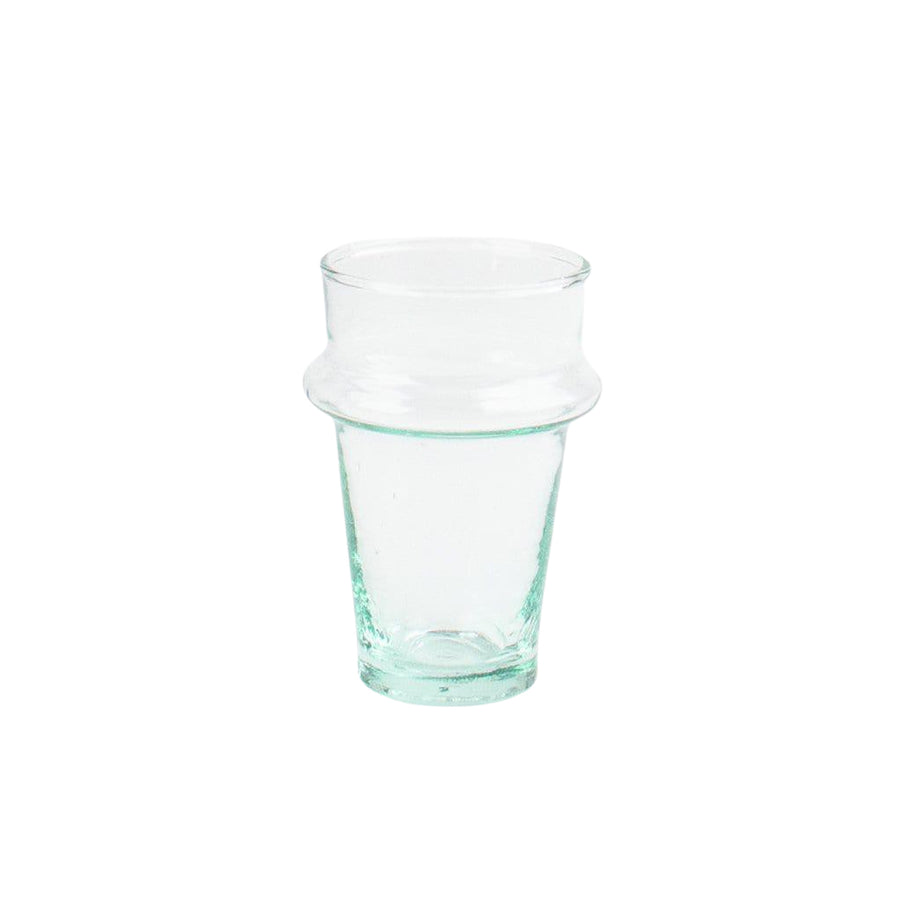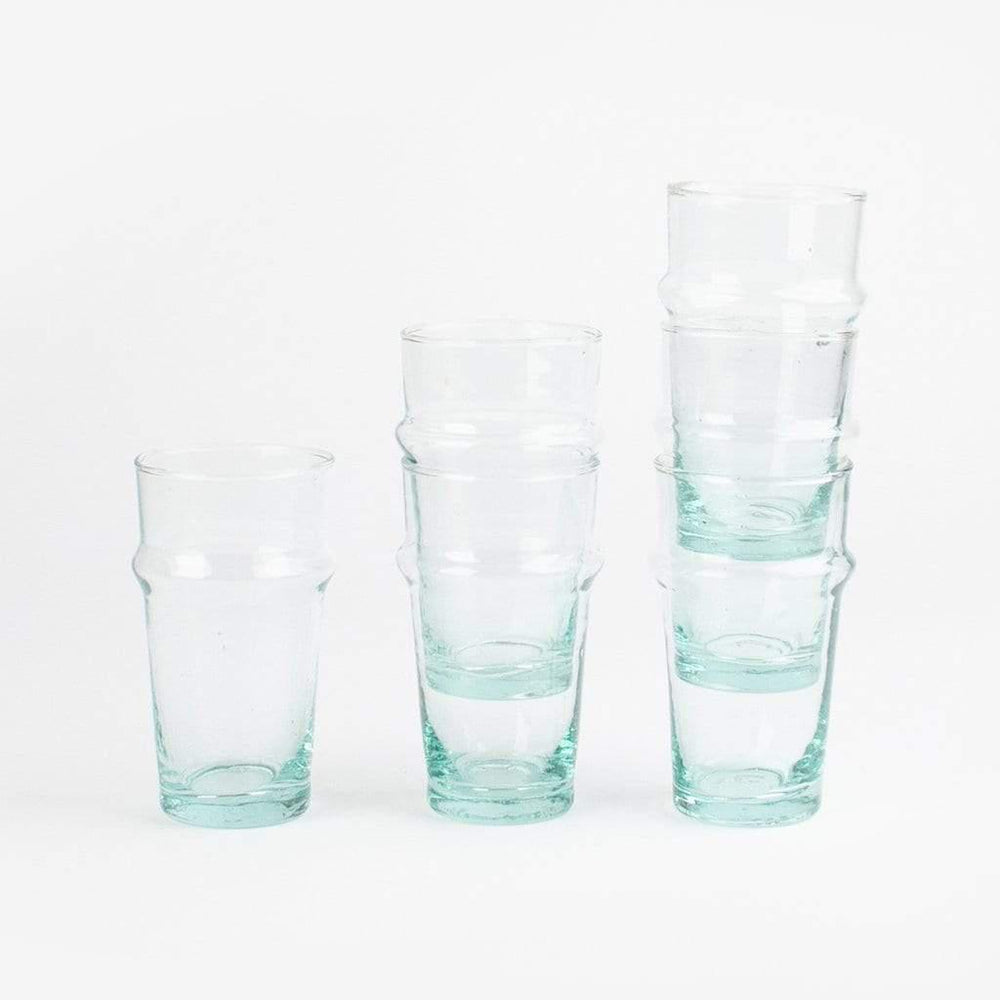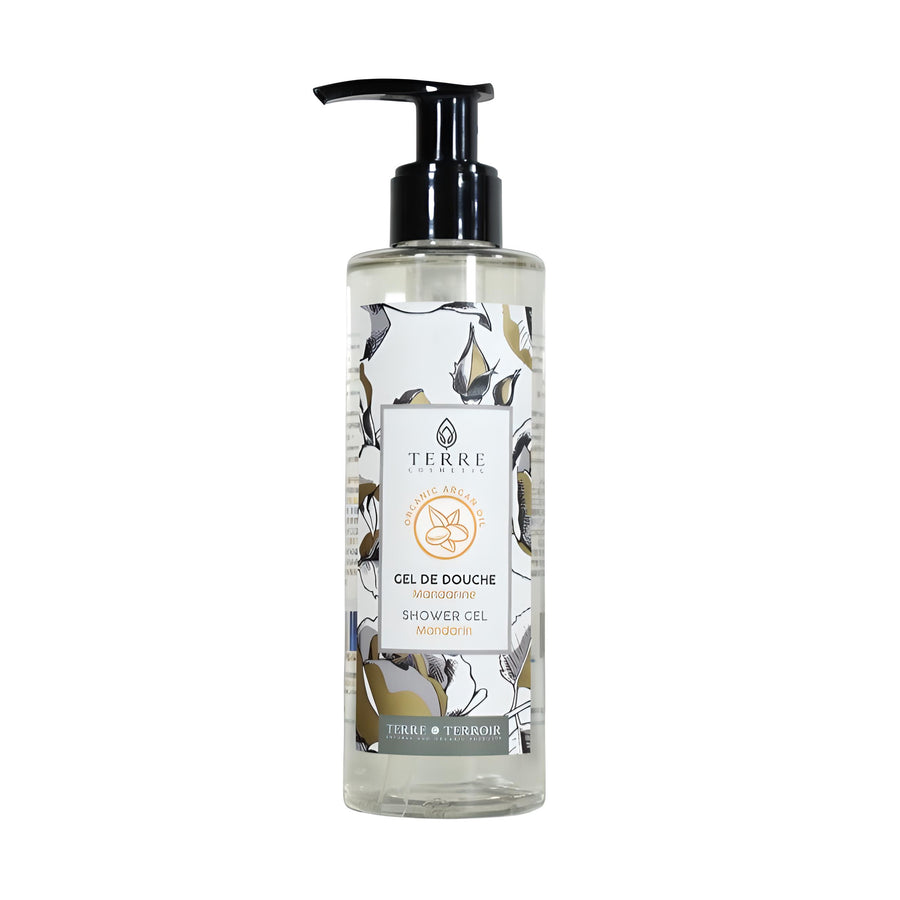Saffron: The Red Gold and its value

Known as one of the most expensive spices in the world, it’s crazy how saffron can sometimes cost more than gold.
Do you ever wonder why the price of this spice is so high? What makes it so valuable and why is it in such a high demand? If so, this blog is for you. We will answer all the questions you have about saffron and its value.
What is saffron?

Saffron is a spice extracted from the “Crocus sativus” flower, better known as the saffron crocus. Each of these flowers produces three golden styles with crimson-red at the end. The saffron threads - the mix of the styles and the stigmas - are then hand-picked and dried, yielding the precious and fragrant saffron spice that is used as a coloring agent and seasoning in food.
Why is saffron so expensive?
Saffron is one of the most expensive foods in the world, hence the nickname “Red Gold”. There are many factors that explain the high price of this luxurious spice.
Firstly, each saffron flower has only three threads; thus, a LOT of flowers are needed to produce a tiny bit of saffron. To get one pound of this spice, around 70 thousands of saffron flowers are needed. So, the harvesting requires a lot of physical labor which adds to the cost.
Another factor is how labor intensive it is. The saffron flowers are extremely delicate. The only way to pluck saffron threads is by hand, as mechanical plucking can damage them. Consequently, harvesting one pound of saffron takes roughly between 370 and 470 hours, which means more labor cost.

The complexity of saffron harvesting that is caused by the delicacy of the saffron flower doesn’t end here. In fact, these flowers are so delicate that they have to be harvested soon after blooming; otherwise, the saffron threads will wilt and become unusable. They actually have to be picked before or immediately after sunrise to prevent them from getting damaged by heat from the sun.
On top of this, growing saffron flowers is not an easy process. These delicate flowers shouldn’t be overwatered and can’t survive too much sunlight or a single cold day.

Overall, the complex growing and harvesting process, the low-yielding of the plant, and the very labor-intensive crop justify the high price of this spice.
Where is saffron grown?
Saffron cultivation needs dry, moderate, and continental climates. Some of the main countries that fit these climatic conditions and produce saffron are Iran, India, Spain, Greece, and Morocco, with Iran alone producing around 90% of the world’s saffron.
In morocco, over 90% of the national saffron production is happening in Taliouine, a town in the Taroudant province, in the Souss-Massa region, between Agadir and Ouarzazate. Every winter, the town hosts the “Anmugar Amadal N Zafran” festival (translated to “the International Festival of Saffron”).

Saffron is also cultivated in the Ourika valley, south of Marrakech.
What are the health benefits of saffron?
Saffron is believed to help with many health issues because of its anti-inflammatory properties and is considered a powerful antioxidant. Here are some of its health benefits.

Saffron’s properties help fight oxidative stress, may improve mood, and help treat mild-to-moderate depression symptoms. In fact, a study proved that saffron extract increases dopamine levels in the brain.
The antioxidants in saffron may also help prevent some nervous system disorders. A study about saffron’s effects on the nervous system has shown that some compounds in this spice lower inflammation and oxidative damage in the brain. Another Alzheimer-centered study suggested that saffron may theoretically aid with Alzheimer’s symptoms thanks to its antioxidant and anti-inflammatory properties as well as memory-enhancing characteristics.
Saffron’s antioxidants have been proven to help neutralize free-radicals that were linked to cancer. Few studies have demonstrated cancer preventive and anti-tumor activities of saffron.
It’s important to note that saffron may help in treating and preventing the health issues mentioned above, but more studies are needed to confirm these theories.
What are the benefits of saffron for the skin:

Given the anti-inflammatory, anti-bacterial, and antioxidant properties of saffron, it has many benefits for the skin:
- Saffron helps treat acne as it aids in fighting skin irritation;
- Saffron protects the skin from UV rays;
- Saffron reduces hyperpigmentation;
- Saffron promotes wound healing.










Leave a comment